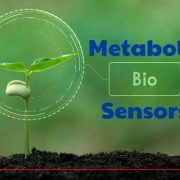
Gazing into the Crystal Ball: Next-Gen Careers
Careers0 Comments
/
Guest Post by Rob Last, Michigan State University, ASPB President. Co-authored by Laura Grapes, Bayer Crop Sciences, and Andrew Hanson, University of Florida.
We continue the experiment of expanding participation in ASPB started with the last President’s Letter (http://bit.ly/SecuringFuturePl...).…

Plantae Presents: Dolf Weijers and Dana MacGregor
Blog, Plantae Presents, Research SkillsDue to the COVID-19 pandemic many seminar series and conferences have been canceled or postponed. In response to this, and to make sure plant scientists can continue to communicate their latest work to their peers, The American Society of Plant Biologists launched a virtual seminar series via our online…

Financial Security
BlogA guest post contributed by Andrew D. Hanson, Horticultural Sciences Dept. at the University of Florida
You can’t guarantee your own financial security. No employer or government can guarantee it for you. But while there can be no certainty about the financial future there are some timeless principles…
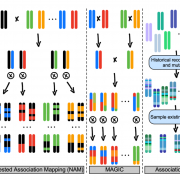
The Future of Our Food Systems: Insights into GMOs. Part II
BlogScience communication and outreach initiative aimed at high-school students
By Conviron Scholar Sessen Daniel
Genetic modification technology is a key asset for enhancing crop characteristics and building more efficient, resilient and inclusive agricultural systems. Increased yield, resistance to…
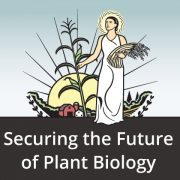
President's Letter—Securing the Future of Plant Biologists
BlogGuest post by Rob Last, ASPB President
ASPB News • January/February 2019 • Volume 46, Number 1
Note: To help increase the usefulness of the President’s Letter and expand participation in ASPB, a collection of resources from other community members that are relevant to this topic are available…
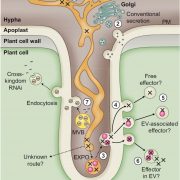
Review: Devastating intimacy: the cell biology of plant–Phytophthora interactions (New Phytol)
Plant Science Research WeeklyPhytophthora are plant-destroying oomycetes. Within this genus are several infamous disease-causing agents: P. infestans of the potato late-blight fame, P. sojae of soybean root rot, P. ramorum of sudden oak death, and many other lesser-known species. This fine new review by Boevink et al. explores the…
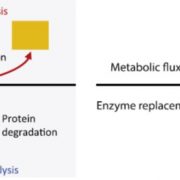
Review: Enzymes as parts in need of replacement – and how to extend their working life (Trends Plant Sci)
Plant Science Research WeeklyThe ability of biological systems to self-repair is a huge motivator in all sorts of synthetic biology projects. Taking this cell-as-factory to the next step comes the question of how often do the parts need replacing? Tivendale et al. address this through a discussion of Catalytic Cycles until Replacement…

Review: Ten years of the maize nested association mapping population: Impact, limitations, and future directions (Plant Cell)
Plant Science Research WeeklyLinking phenotype to genotype is a major obstacle in plant biology, and conventional approaches (linkage analysis, association mapping) have limitations. Here Gage et al. review the past, present, and future impacts of a maize Nested Association Mapping (NAM) population developed throughout the 2000s.…


